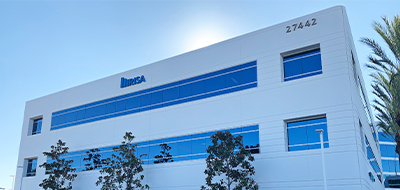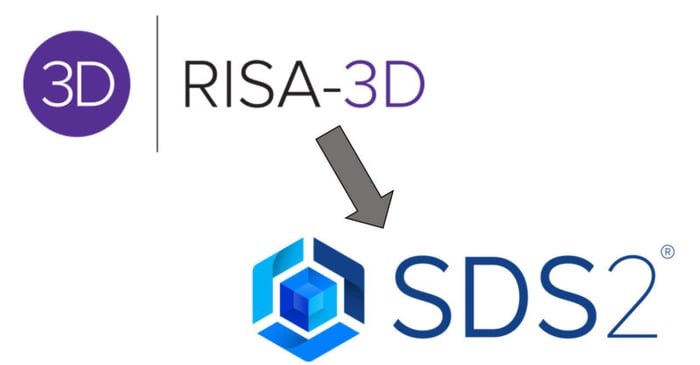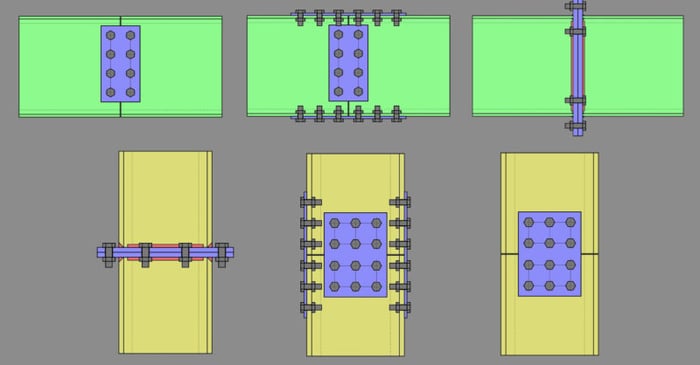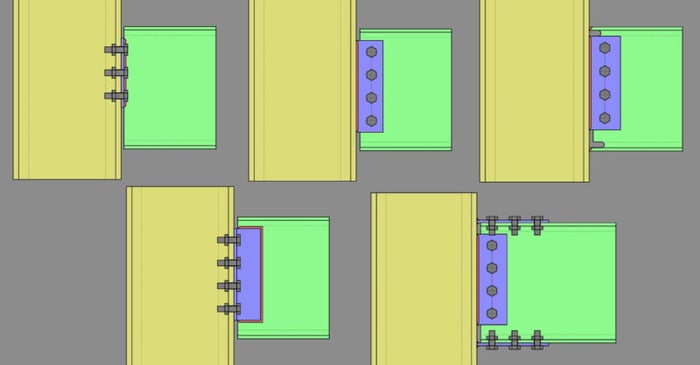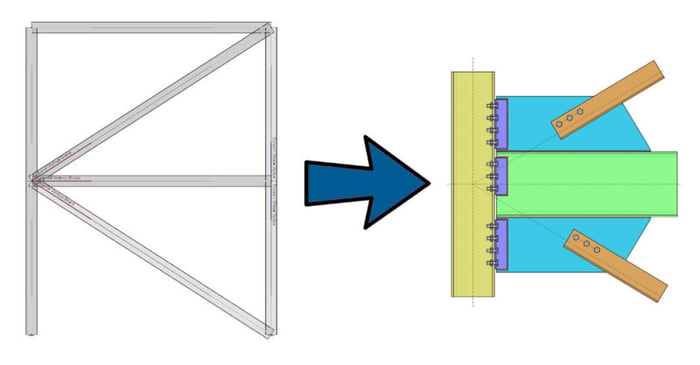
July 15, 2025
RISAConnection in Practice
Steel buildings are rarely simple—and the connections that tie them together often present some of the biggest design and coordination challenges. For engineers in the field, tools like RISAConnection aren’t just software—they’re essential to streamlining design, verifying code compliance, and...



